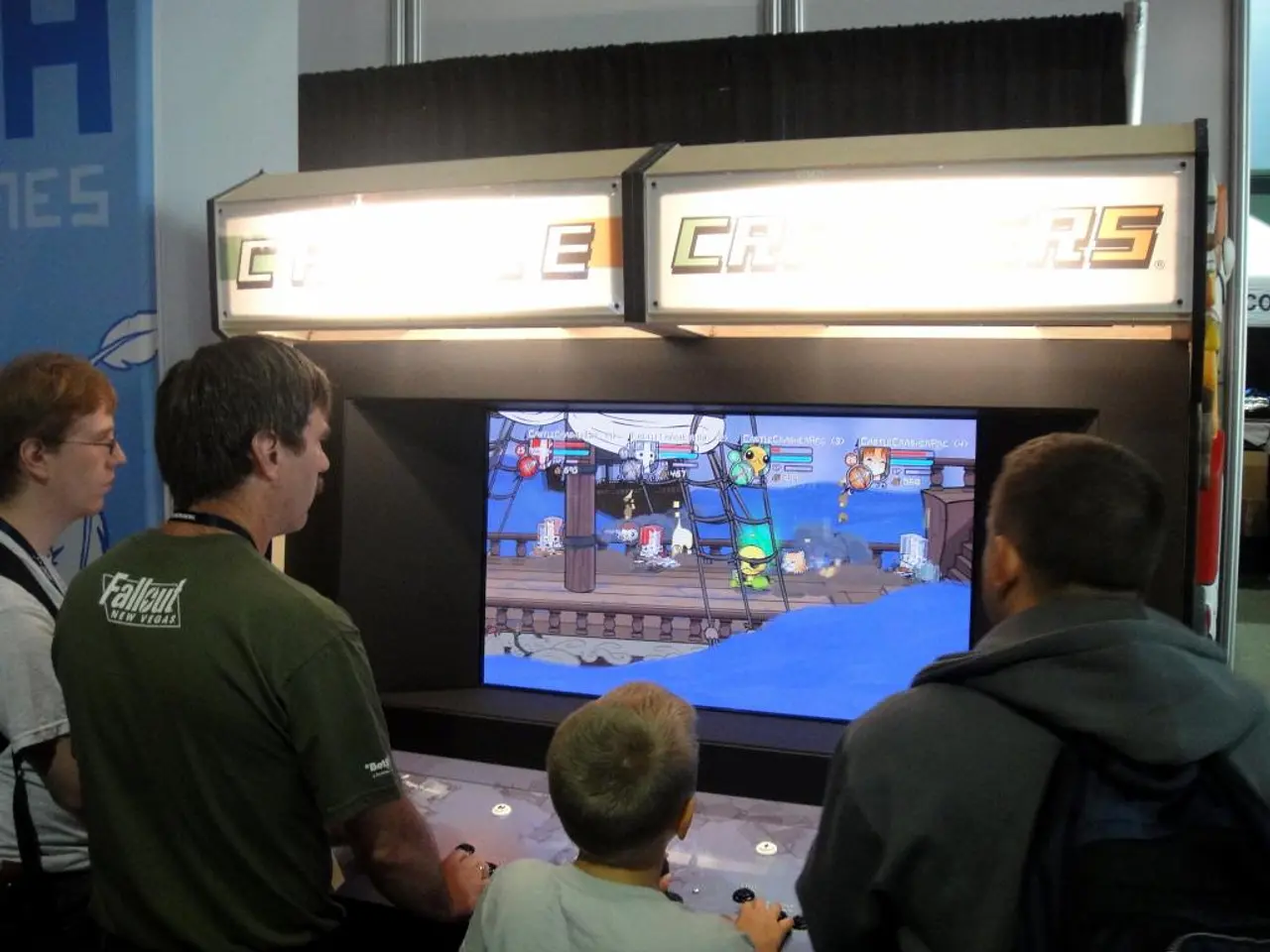Classic American videogame magazine now accessible online without cost
Surviving the Game Crash: The Remarkable Story of Computer Entertainer
In the tumultuous landscape of the 1980s video game industry, one publication stood out as a beacon of resilience - Computer Entertainer. Running from 1982 to 1990, this American video game magazine not only survived the infamous 1983–84 game crash but also thrived, providing valuable insights into the industry during a critical period.
Originally named The Video Game Update, the magazine began life as a newsletter for Video Take-Out, a Los Angeles-based mail-order retailer of video games. Co-edited by sisters Marylou Badeaux and Celeste Dolan, Computer Entertainer marked a significant milestone as the earliest known American console gaming magazine run by women.
During a time when most similar magazines faltered, Computer Entertainer remained steadfast, offering consistent coverage of home console video games. This made it an invaluable resource, providing contemporary American reviews and release information for iconic games such as The Legend of Zelda, Final Fantasy, and Super Mario Bros.[1][2][3][4]
Because it was produced by a retailer, the magazine also serves as one of the only reliable sources for U.S. game release dates during the mid-1980s[1][2][3][4][5]. The Video Game History Foundation (VGHF) acquired the full rights and physical copies of Computer Entertainer, enabling them to fully digitize and release the entire run under a Creative Commons 4.0 license.
This digitization allows researchers, historians, and fans free access to an invaluable primary source that documents an underrepresented and pivotal era of the U.S. home console industry—the so-called “dark ages” following the crash and leading up to the Nintendo Entertainment System rebirth of the market[1][4][5].
The digitized version of Computer Entertainer can be found on gamehistory.org/computerentertainer, preserving this key piece of gaming culture for current and future generations[1][3][4]. The VGHF also has a video about Computer Entertainer available on YouTube for those interested in learning more about this fascinating piece of gaming history.
In essence, Computer Entertainer offers a unique glimpse into the shift of focus in the video game industry during the 1980s game crash, preserving early reviews and industry insights rarely captured elsewhere. Its survival during such a challenging economic time makes Computer Entertainer a singular artifact reflecting both video game journalism and retail during the 1980s, helping fill gaps in video game history that other publications did not cover[1][3][5].
References:
[1] Video Game History Foundation. (n.d.). Computer Entertainer. Retrieved from https://www.vghalloffame.org/computer-entertainer/
[2] The Strong National Museum of Play. (n.d.). Computer Entertainer. Retrieved from https://www.museumofplay.org/collections-research/library-archives/collections/computer-entertainer/
[3] gamehistory.org. (n.d.). Computer Entertainer. Retrieved from http://gamehistory.org/computerentertainer
[4] VGHF. (2021, January 20). Computer Entertainer: A Video Game Magazine Survives the Crash. Retrieved from https://www.youtube.com/watch?v=tVj-6p7Cp24
[5] Bolding, J. (2019, May 30). Computer Entertainer: The Magazine That Survived the Video Game Crash. Retrieved from https://www.gamasutra.com/blogs/JonathanBolding/20190530/312477/Computer_Entertainer_The_Magazine_That_Survived_the_Video_Game_Crash.php
- The digitized version of Computer Entertainer can provide insights into how social-media and entertainment preferences evolved during the 1980s, as it covered home console games extensively.
- The thriving video game magazine, Computer Entertainer, paved the way for numerous technological advancements, such as the rise of game-related gadgets and e-sports tournaments during its publication period.
- In the midst of the tech-driven 1980s, Computer Entertainer proved to be a forerunner in user-generated content, fostering community discussions and feedback about games within its pages.
- As a testament to the triumph of human resilience, Computer Entertainer's annals serve as a reminder that prized gaming victories often stem from skills honed on legendary games like Zelda, Final Fantasy, and Super Mario Bros.




